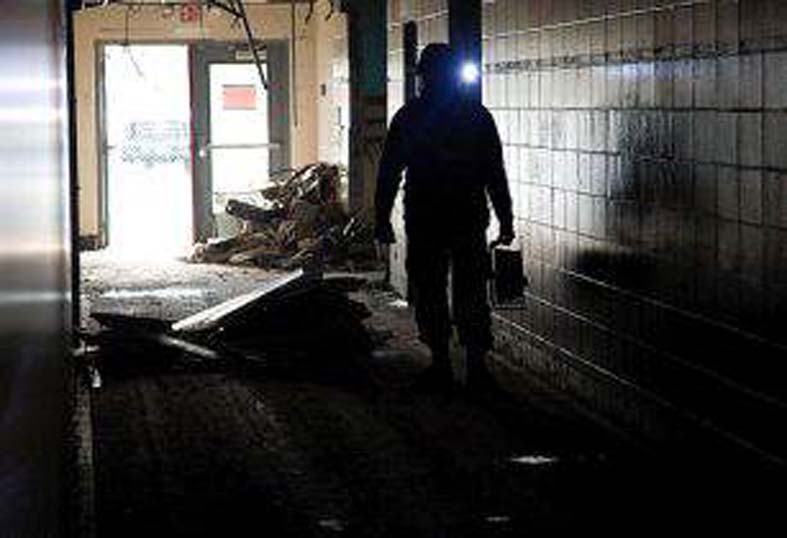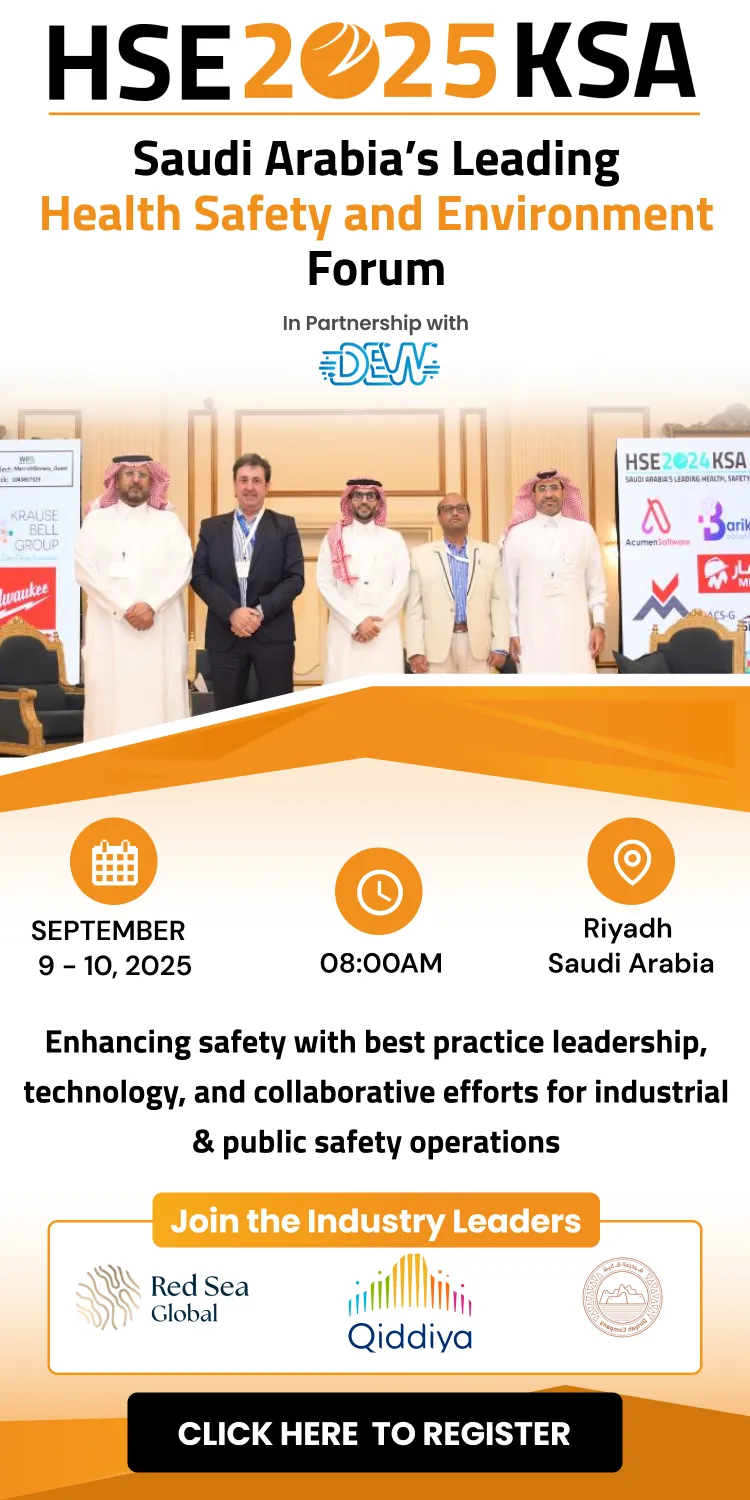Lighting products, be they hand-held flashlights, scene lights or headlamps, are an important component of safety at workplaces with low-light conditions
Professionals who work in such conditions, such as those in construction or manufacturing sites, can look forward to recent advances in lighting technology that offer procurers and users a wide range of new features for keeping workers safer on the job.
Flashlights
New hand-held flashlights can deliver as much brightness as floodlights. LED technology has evolved to a point where manufacturers now offer high lumen products (500-1,100 lumens) that maintain high levels of candela and long regulated run times. Such flashlights can light up whole work areas, including the peripheries, which gives users a distinct safety advantage by illuminating potential hazards near and far. Some models also feature superior down-range lighting, allowing users to inspect a potentially dangerous scene from a distance.
Flashlights now also come with the option of being recharged through a USB connection. Since they can be recharged while on the move, they can save time and eradicate the concern of running out of physical batteries.
Scene lights
Developments in scene lights now allow them to be used in multiple environments. New scene lights come with narrow footprints, making storage and transport easy. They can be deployed quickly, and some feature rotating heads. Heads can even be extended on a telescoping pole which is stabilised by legs that can be easily locked, thus providing balance on uneven surfaces. These type of new scene lights can also be used over manholes or pits, giving workers increased visibility in closed, tight and dark places. The battery life of these lights has also been enhanced to last for multiple shifts.
Headlamps
Many headlamps now offer a choice between spot and flood beams, for close up or distance lighting; high and low beams; and the option of USB recharging. Users also benefit form the hands-free controls for many options, while other options can be used with just one click.
Physical features
It is commonplace for a flashlight to be knocked around or dropped several feet to the ground from atop a piece of equipment on construction sites. New flashlights are now often made with durable thermoplastic material that has anti-static properties and superior resistance to potentially dangerous chemicals and solvents used in many industries. New models offer safety features such as a mechanical locking mechanism that requires a tool to open the battery compartment, preventing users from inadvertently opening the battery housing in hazardous environments, which could result in an electric shock.
Additional safety
Some work environments, while poorly lit, are particularly dangerous for using flashlights. In these hazardous environments, such as the inside of a petroleum tanker, flashlights can serve as a source of ignition in the presence of flammable gases and liquids. Many manufacturers now offer Division I safety-rated lights for use when an explosive atmosphere is likely to exist under normal operating conditions.
It is important for procurers to note class, group, and temperature code requirements to select the correct flashlight for specific applications.






